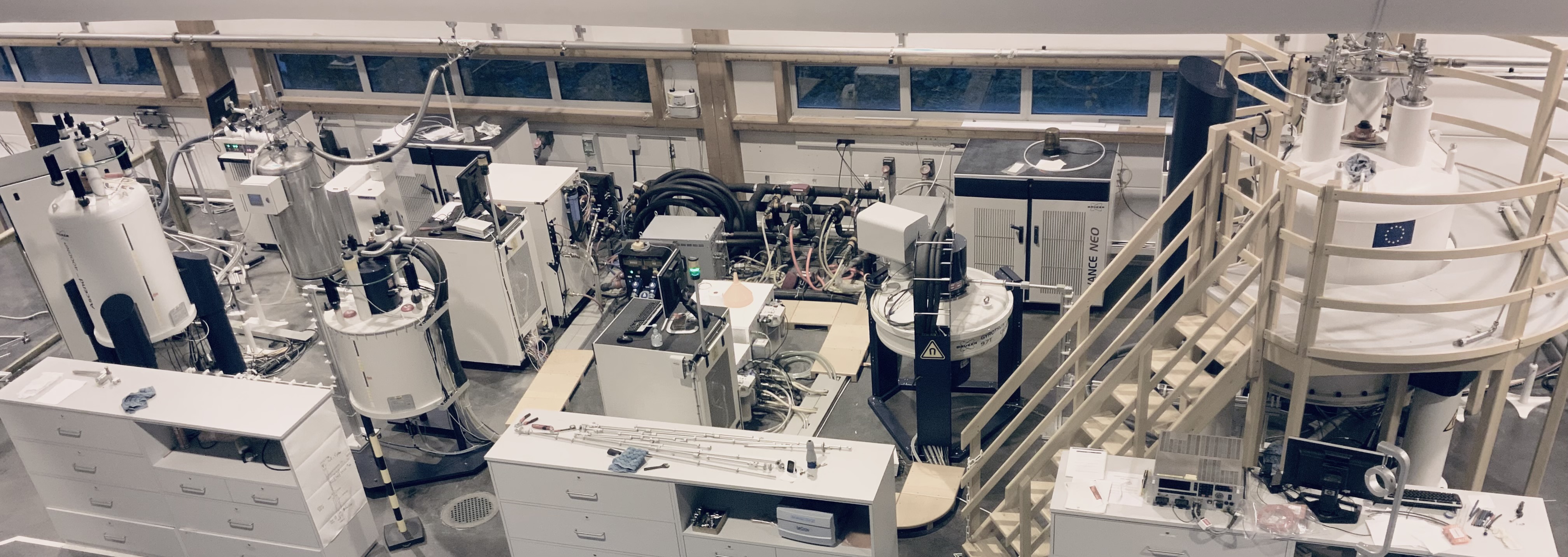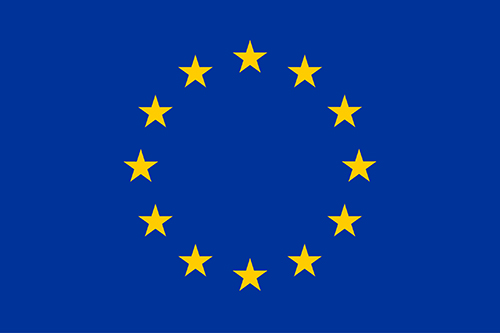
The development of modern chemistry relies on our capacity to investigate with atomic-level resolution increasingly complex solid substrates in frontier research areas crossing disciplines from catalysis and energy materials through polymers to pharmaceutical formulations and medical implants. Thanks to a number of recent breakthroughs in instrumentation and methodology, solid-state NMR spectroscopy is uniquely positioned today to characterize the structure and dynamics at the atomic-level, and reveal morphology in solids. However, state-of-the-art methods rely on the use of sophisticated and costly solid-state NMR equipment that is only available in a handful of national facilities. The rarity of the instrumentation and associated operational know-how has restricted the uptake of these enabling methods by the broader base.
PANACEA addresses this issue by bringing together, and integrating on the European scale, seven national infrastructures across Europe and incorporating one infrastructure in the United States, and opening them to all European chemists, from both academia and industry.
Funded by the European Commission Horizon 2020 framework program, the project started on September the 1st 2021 for a period of four years. It is built on three pillars: trans-national access, networking activities and joint research activities.
- Specifically, the project provides users with trans-national access (1700 instrument days) to more than 30 unique NMR spectrometers ranging from 100 to 1500 MHz, fully equipped to cover the most advanced solid-state NMR techniques and applications.
- Additionally, a series of networking activities is designed to harmonize and optimize access procedures and interfaces, so to facilitate the use of modern solid-state NMR by non-expert users, and widen the opportunities for novel application areas in chemistry (pharmaceuticals, fine chemicals, cosmetics, food, materials, fuel, polymers, and clean energy industries).
- PANACEA also fosters technical innovation through direct partnerships, both with four NMR technology providers in the consortium during the joint research activities and with trans-national access users in the broad chemical industry. This is supported and developed by extensive industry related networking activities, and by industrial participation in the advisory board of the integrated Infrastructure.
We encourage all European researchers from academia and industry to use our solid-state NMR facilities, for research projects relevant in any sector of chemistry: pharmaceutics, fuels, batteries, phosphors, cosmetics, sustainable development, polymers, food and feed, crop selection, water treatment, biomaterials, biomaterials, inorganic-organic photoconduction devices, rocks and minerals, cementitious materials, etc.





